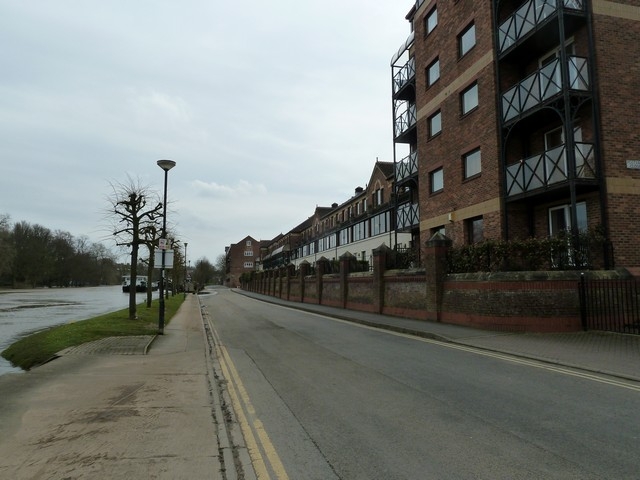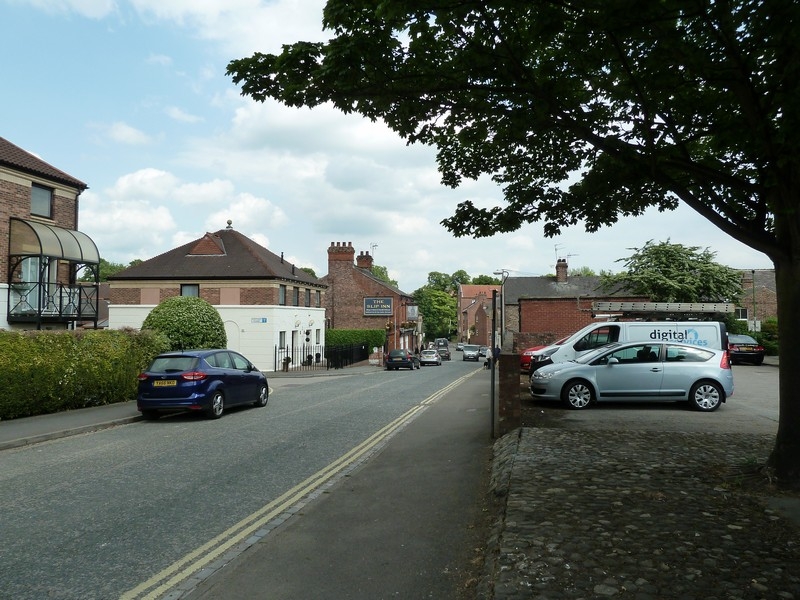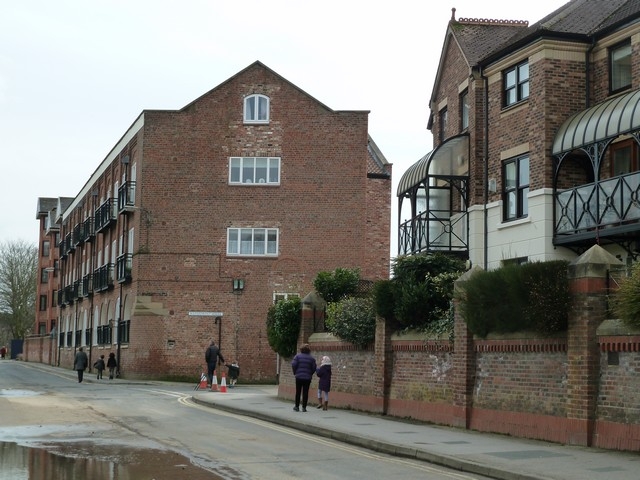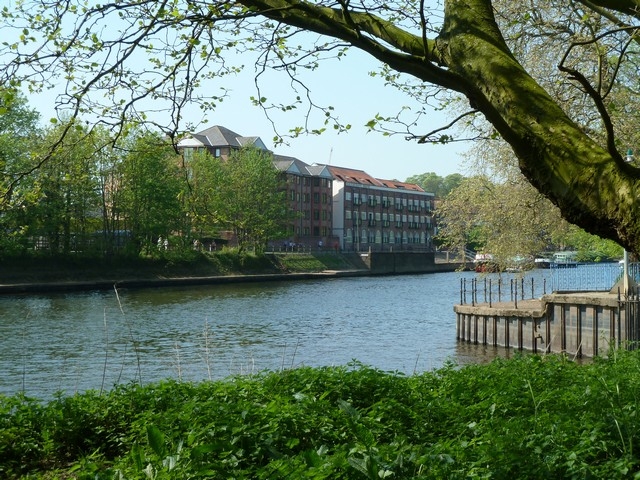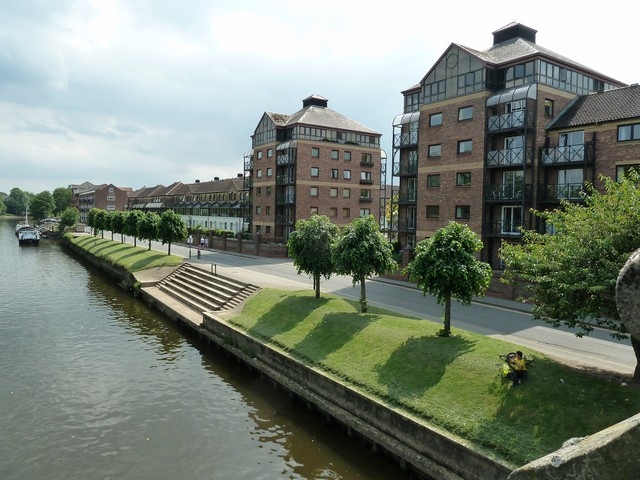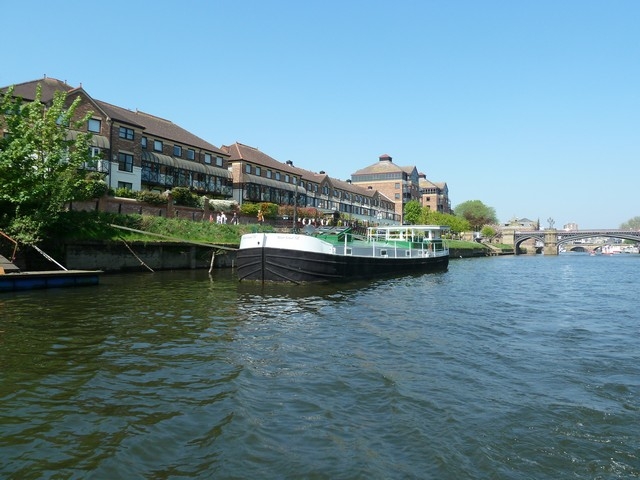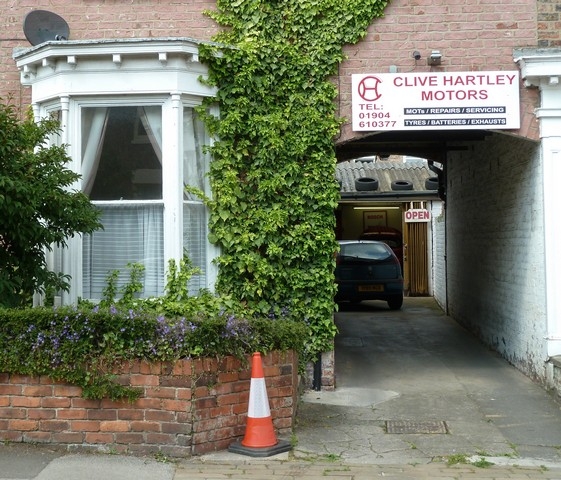



View navigation
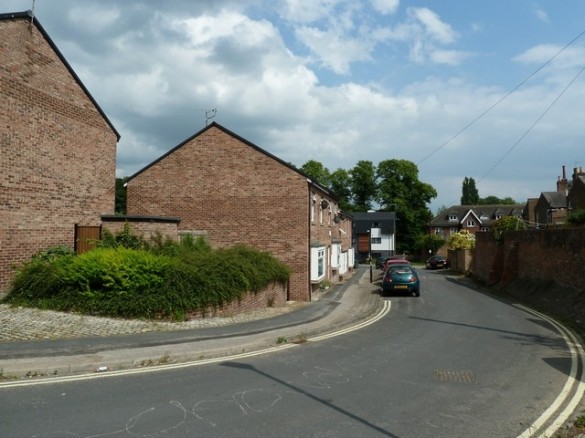 This is the view at the rear of Waterfront House. The cars are parked roughly where the bakery was located. Just off the right of the photo would have been the coal depot, and we are looking towards the horse keeper’s house. (Photo by John Stevens, June 2018)
This is the view at the rear of Waterfront House. The cars are parked roughly where the bakery was located. Just off the right of the photo would have been the coal depot, and we are looking towards the horse keeper’s house. (Photo by John Stevens, June 2018)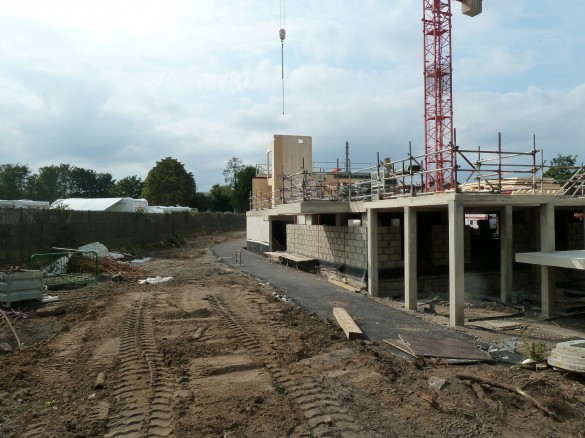 Parkside Commercial Centre, off Terry Avenue has been demolished. A planning application was approved in October 2016 to build a 97-bedroom apart-hotel. The four-storey development of apartments and suites will be a £20 million addition to the Roomzzz chain. It is scheduled to open in 2019.
Parkside Commercial Centre, off Terry Avenue has been demolished. A planning application was approved in October 2016 to build a 97-bedroom apart-hotel. The four-storey development of apartments and suites will be a £20 million addition to the Roomzzz chain. It is scheduled to open in 2019.
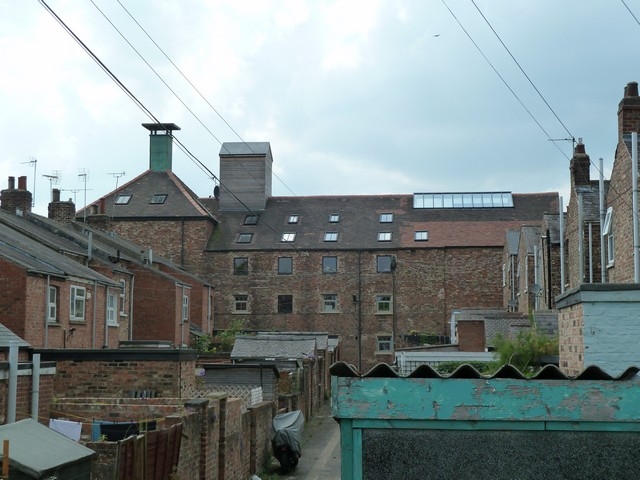
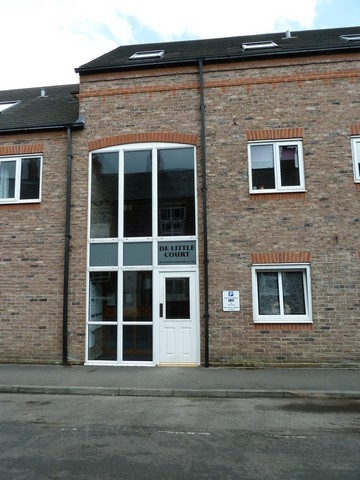
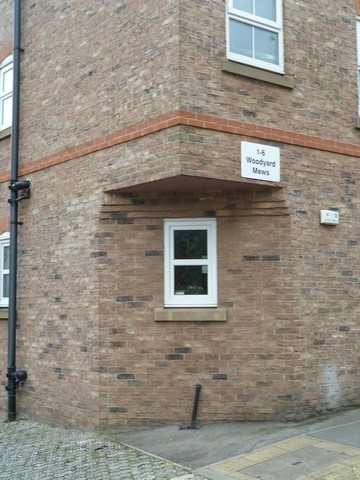 The wood yard as it is today. (Photo by John Stevens, June 2018)
The wood yard as it is today. (Photo by John Stevens, June 2018)